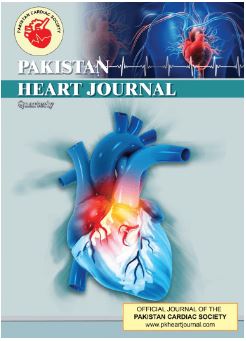Evaluation of three Different Phenotypic Tests for Detection of Metallo beta Lactamase in Imipenem Resistant Pseudomonas Aeruginosa from Clinical Samples
Main Article Content
Abstract
Background: Pseudomonas aeruginosa is one of the most important opportunistic pathogens that has been associated with community and hospital-acquired infections. Carbapenem-resistant Pseudomonas aeruginosa is one of the major concerns in clinical settings impelling a great challenge to antimicrobial therapy for patients with infections caused by the pathogen. The aim of this study was to detect the metallo-β-lactamase (MBL) production in Imipenem resistant P. aeruginosa collected from various clinical samples. Method: Pseudomonas aeruginosa strains isolated from various clinical specimens at a tertiary care hospital in Bhopal. A total of 225 non-repetitive isolates of P. aeruginosa recovered from various clinical samples were screened for MBL production by Three phenotypic tests such as Modified hodge test, IPM EDTA combined disc test and E test. Results: Of the 255 Pseudomonas aeruginosa isolates obtained during the study period, 98 (38.43%) were resistant to imipenem. Out of 98 Imipenem resistant, 26(26.53%) were positive for MBL by CDT-IPM method and E test while 20(20.40%) were positive for MBL by Modified hodge test. maximum MBL producers were obtained from pus (12.24%) followed by urine (8.16%). 100% sensitivity to Colistin and Polymixin B was observed in Pseudomonas aeruginosa isolates. Conclusion: In present study IPM EDTA Combined Disc Test and E test (Sensitivity =100%, specificity=100%) was found to be a better method compared to Modified Hodge. IPM EDTA Combined disc test and E test is simple to perfom and interpret. It is performed as routine antimicrobial susceptibility method as it can be easily introduced into the workflow of a clinical laboratory.
Article Details

This work is licensed under a Creative Commons Attribution-NoDerivatives 4.0 International License.

